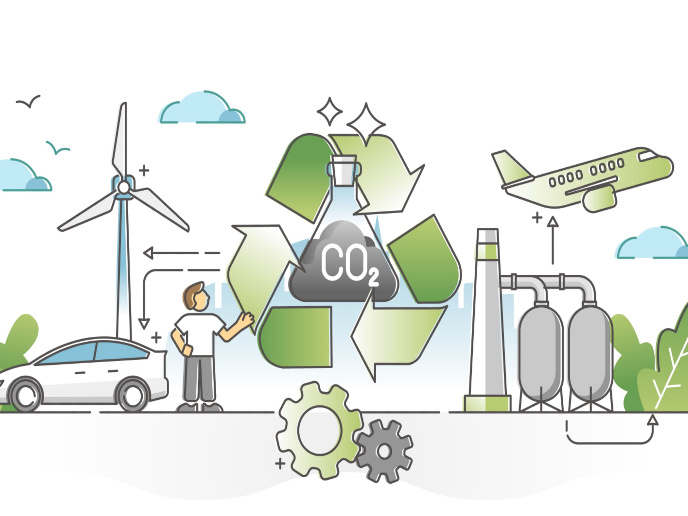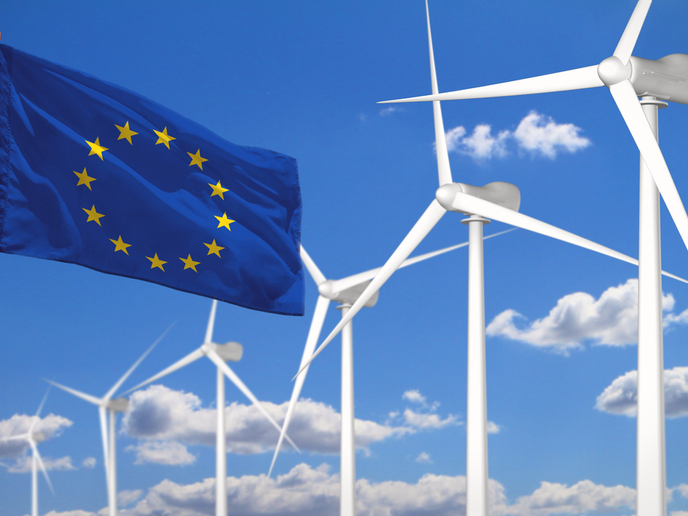Municipalities learn from each other to accelerate decarbonisation
The public dialogue around energy efficiency and low-carbon practices is being amplified by consumers, governments, industry and even companies. In fact, companies in Europe got on the bandwagon relatively early. In the 1990s, Switzerland developed the concept of learning energy efficiency networks among companies in different sectors, a concept that has evolved and expanded significantly since then. In these networks, about 10 to 15 companies get together regularly to share their energy efficiency experiences and set new targets. Inspired by this well-established approach, the EU-funded PATH2LC project adapted and applied it to municipalities, creating learning municipality networks in which public authorities work together to achieve low-carbon municipalities.
Municipalities working together on energy and climate
“The overarching objective of PATH2LC was to support local policymakers and public authorities to transition towards a low-carbon society through peer-to-peer learning, sharing of cross-country experiences, and increased engagement,” says project coordinator Catrice Christ of IREES – Institute for Resource Efficiency and Energy Strategies. The learning municipality network methodology was an excellent way to accomplish these objectives by facilitating meetings, supporting target setting and commitment, and fostering mutual motivation. In addition, PATH2LC supported municipalities in obtaining the competencies and skills needed to implement energy-saving or climate protection measures. Capacity building focused on topics including heating and cooling planning, energy in buildings, renewable energy, stakeholder engagement and financing.
A plethora of new measures with tangible results
“PATH2LC supported the introduction of 115 new measures during the project’s lifetime, an average of more than four in each municipality. About 70 % of them were part of a sustainable energy action plan (SEAP) or a sustainable energy and climate action plan (SECAP). A key advantage of our approach is that the municipalities are supported both in implementing measures of their existing SE(C)APs and in drafting long-term energy transition roadmaps,” explains Christ. In the three years of the project, the measures saved around 109 gigawatt hours (GWh) of energy, equivalent to the annual energy consumption of about 4 500 German households. A total of EUR 20.9 million was invested in sustainable energy. Christ adds: “The results also suggest there is untapped potential for further savings. The heating and cooling sector accounts for the largest share of energy consumption in Europe. Implementing energy-efficient technologies, optimising heating and cooling systems, and exploring renewable energy alternatives are promising solutions.”
Learning municipality networks: teaching us how to succeed
The learning municipality networks proved to be a successful way to accelerate the energy transition. Participating municipalities profited from exchanging experiences, as most are facing similar challenges, and they gained support in implementing parts of their SE(C)APs. Beyond this, Christ notes that, “the most exciting facet of our project was the tremendous engagement and the formation of an enthusiastic community of like-minded people. There was an immense driving force and dynamism that fuelled us. We realised that coordination and cooperation – synchronising the efforts of different teams in pursuit of common goals – are often just as important, if not more important, than purely technical solutions.” This momentum propelled a participating network in France to create a ‘biennale’ of events presenting local success stories to encourage behavioural change and stimulate the concrete implementation of SE(C)APs measures. The first five learning municipality networks in Europe have taught us all an important way in which municipalities within a country can work together for a sustainable future.
Keywords
PATH2LC, energy, learning municipality networks, energy efficiency, energy transition, SE(C)AP, energy and climate, peer-to-peer learning, renewable energy, energy efficiency networks







